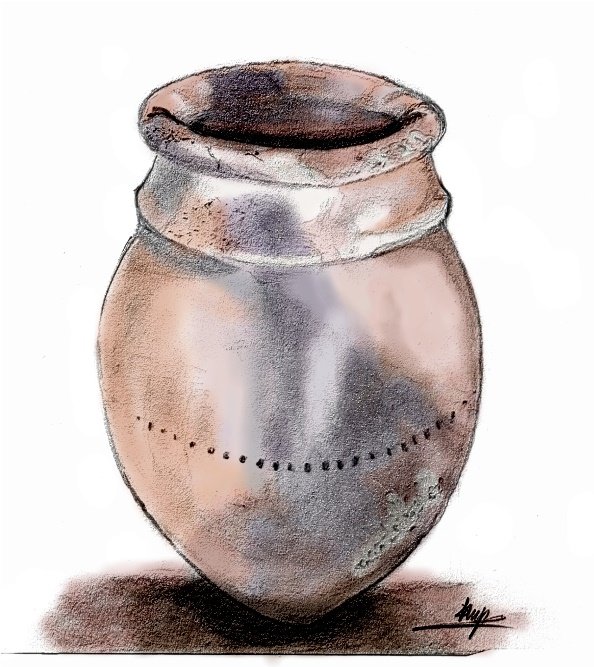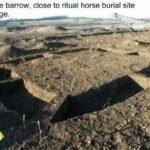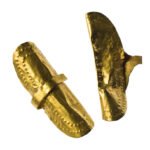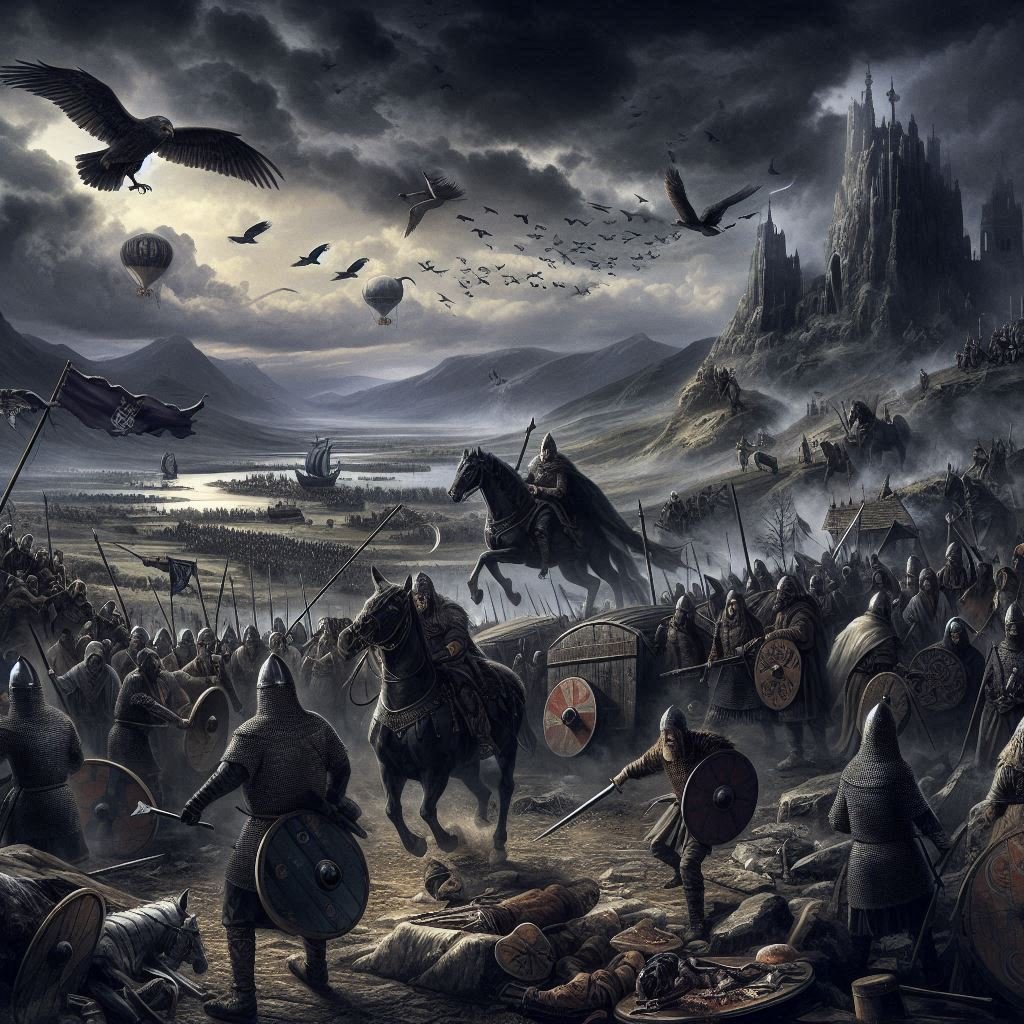Site Details:
 The Bronze Age discoveries in Mitchell Laithes Farm, Ossett, West Yorkshire, offer an important glimpse into the region's ancient past. Archaeological appraisals, particularly the one conducted in 2007 at Mitchell Laithes Rye Royds, have unearthed evidence of short episodes of occupation dating back to 3500-2000 BC.
The Bronze Age discoveries in Mitchell Laithes Farm, Ossett, West Yorkshire, offer an important glimpse into the region's ancient past. Archaeological appraisals, particularly the one conducted in 2007 at Mitchell Laithes Rye Royds, have unearthed evidence of short episodes of occupation dating back to 3500-2000 BC.
Among the significant finds were grooved ware pottery and an early Bronze Age round barrow containing the cremated remains of four individuals, suggesting the presence of a community of some status. These remains, including some in a collared urn dating from 1920-1680 BC, indicate a complex society with burial rituals that honoured their dead.
The relationship between Bronze Age burials and agriculture in Yorkshire is a subject of considerable interest to archaeologists and historians. The round barrows of the Early Bronze Age, which are prevalent across Yorkshire, are not only monuments to the dead but also markers within the landscape that signify the intersection of life, death, and agricultural practice.
These barrows often align with areas of fertile land, suggesting that they were strategically placed to mark territories and manage agricultural activities. The act of burying the dead with such prominence within the landscape could have served as a reminder of ancestral claims to the land and the resources it provided. Furthermore, the uniformity of burial practices and pottery styles indicates a shared culture that likely extended to agricultural methods and land management.

The presence of collared urns, often associated with the Bronze Age, suggests a ritualistic aspect to the burial process that could have been intertwined with agricultural cycles and the seasons, reflecting a cosmology that revered the cycles of life and death as much as the cycles of nature that governed farming. Thus, the archaeological evidence points to a complex relationship where burial practices were an integral part of the social and economic fabric of Bronze Age communities, closely linked to their agricultural livelihoods.
The collared urns are typically associated with burial practices and provide valuable insights into the rituals and beliefs of the communities that thrived during this era. Radiocarbon dating suggests that these urns were in use between 2000/1950 BC and 1600/1550 BC, indicating a parallel development of pottery traditions across regions of Britain and Ireland, rather than a diffusion from the south to the north. The discovery of such urns in Yorkshire, including the Sil Howe Barrow urn, underscores the region's role in the broader prehistoric landscape of the British Isles.
In Yorkshire, Bronze Age barrows are not just historical monuments but also markers that delineate ancient agricultural landscapes. One notable example is the region of the North York Moors, where the barrows are strategically placed on the fertile lands along the margins of the moorlands. These barrows, often found on elevated ground, overlook the surrounding fields, suggesting their role in marking territorial boundaries and perhaps even serving as communal focal points for the agricultural communities of the time. The placement of these barrows could have been integral to the organization of land and resources, indicating areas of cultivation and grazing.

Additionally, the area has yielded signs of extensive iron-smithing from the Roman period, as well as later medieval and early post-medieval activity, painting a picture of continuous habitation and evolution of craft and industry over thousands of years. The archaeological findings in Ossett are not isolated; they are part of a broader tapestry of Bronze Age history across Yorkshire, where rock art, standing stones, and other artifacts have been discovered, providing insights into the cultural and spiritual lives of the people who once inhabited these landscapes.
Site Gallery
Gallery Empty













